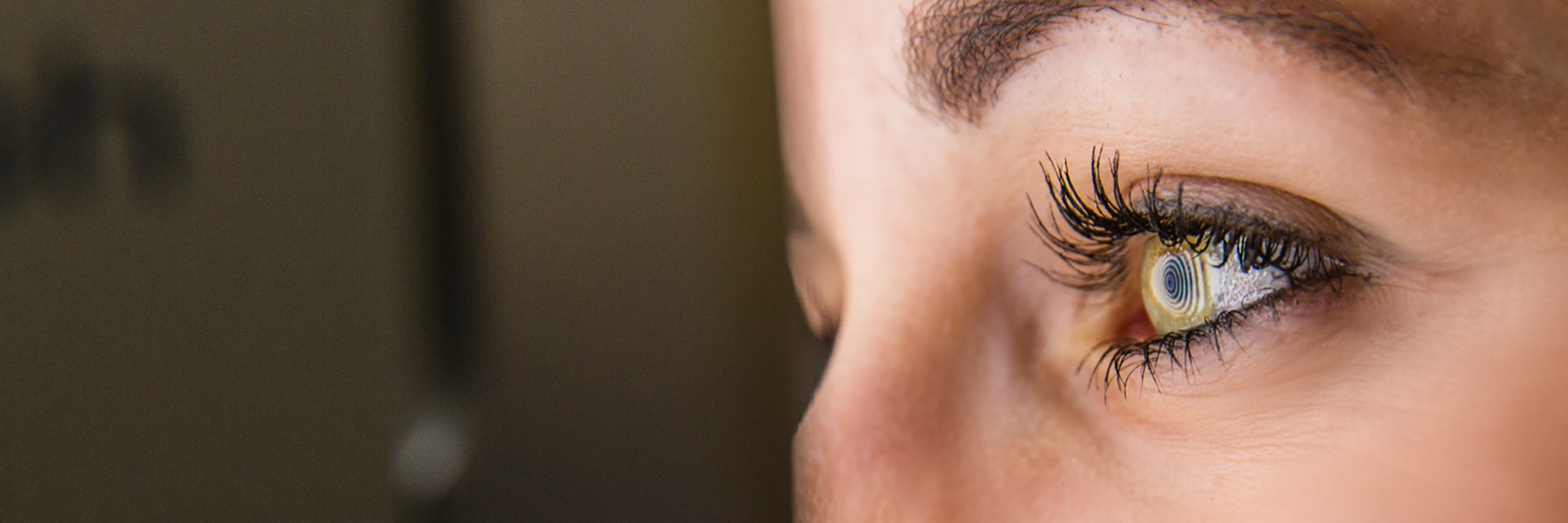Research on the anterior segment of the eye
Dry eye disease | cornea sensitivity | contact lenses adjustment | cornea as an optically refracting medium
Our research relating to the anterior segment of the eye focuses on dry eye disease, corneal sensitivity, contact lens fitting and the cornea as an optically refracting medium. The research findings directly apply to clinical practice and teaching.

